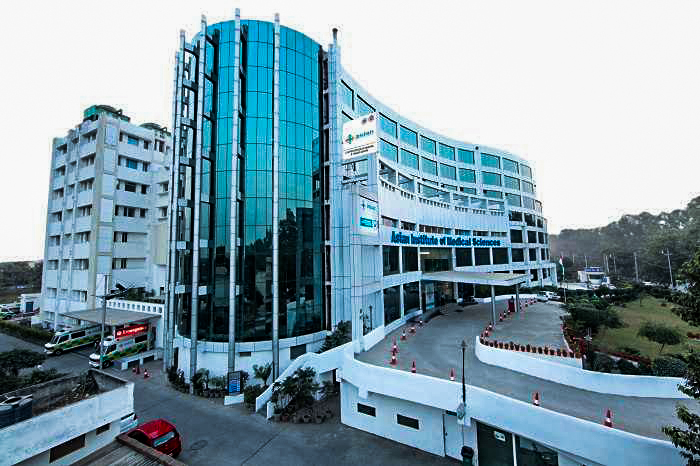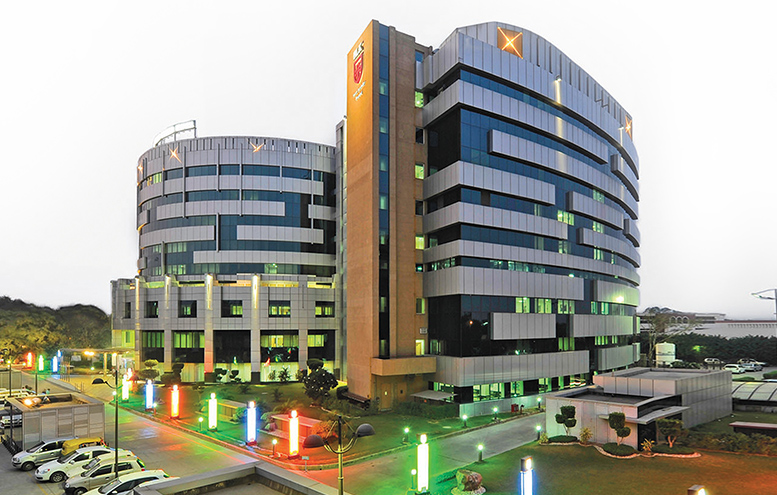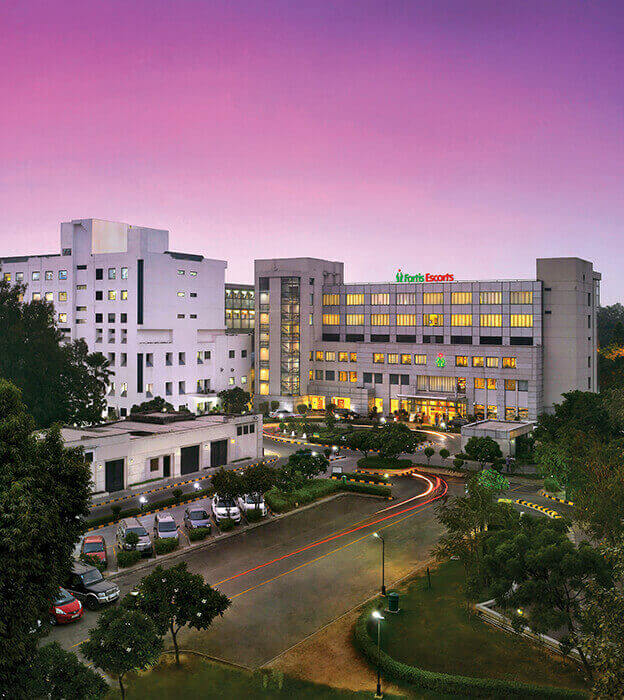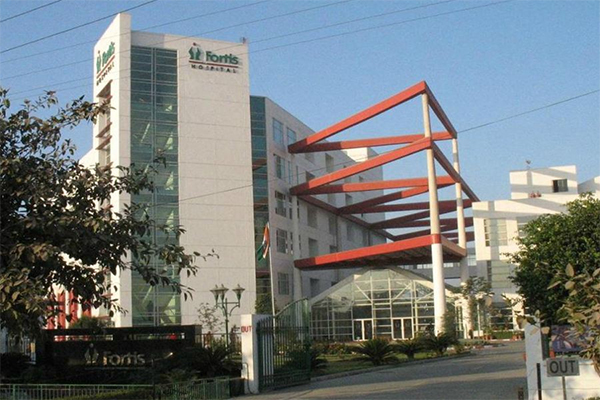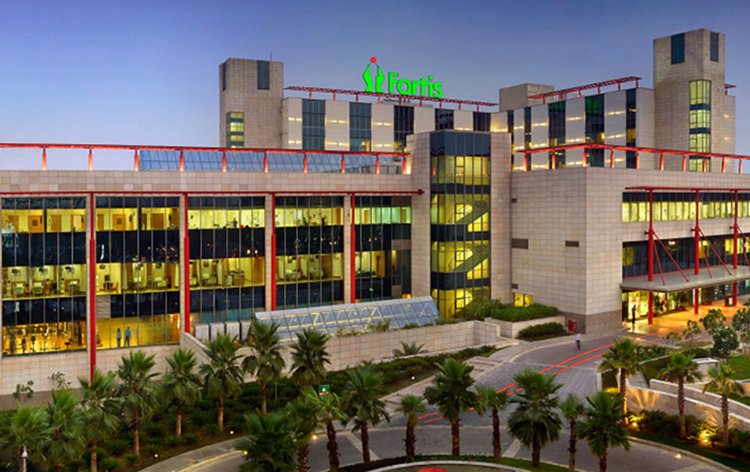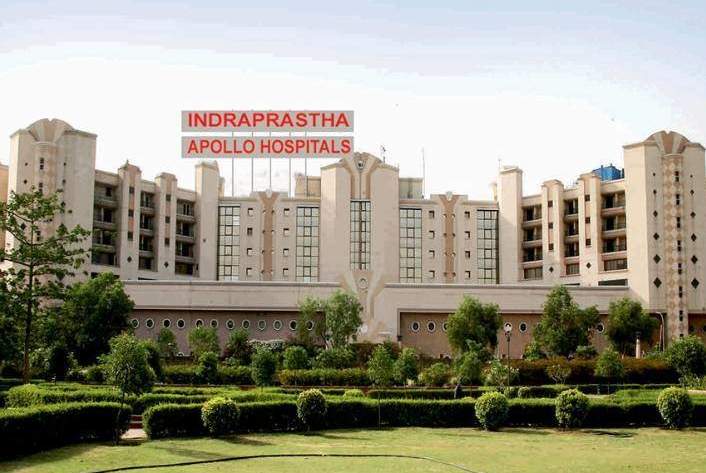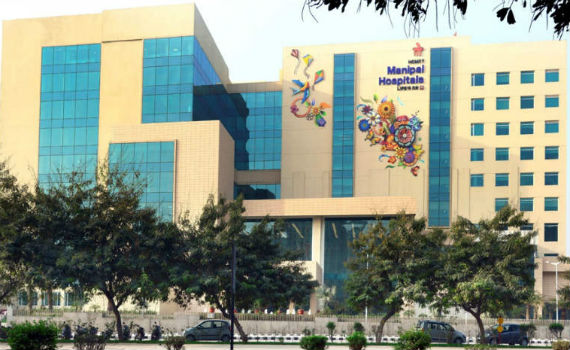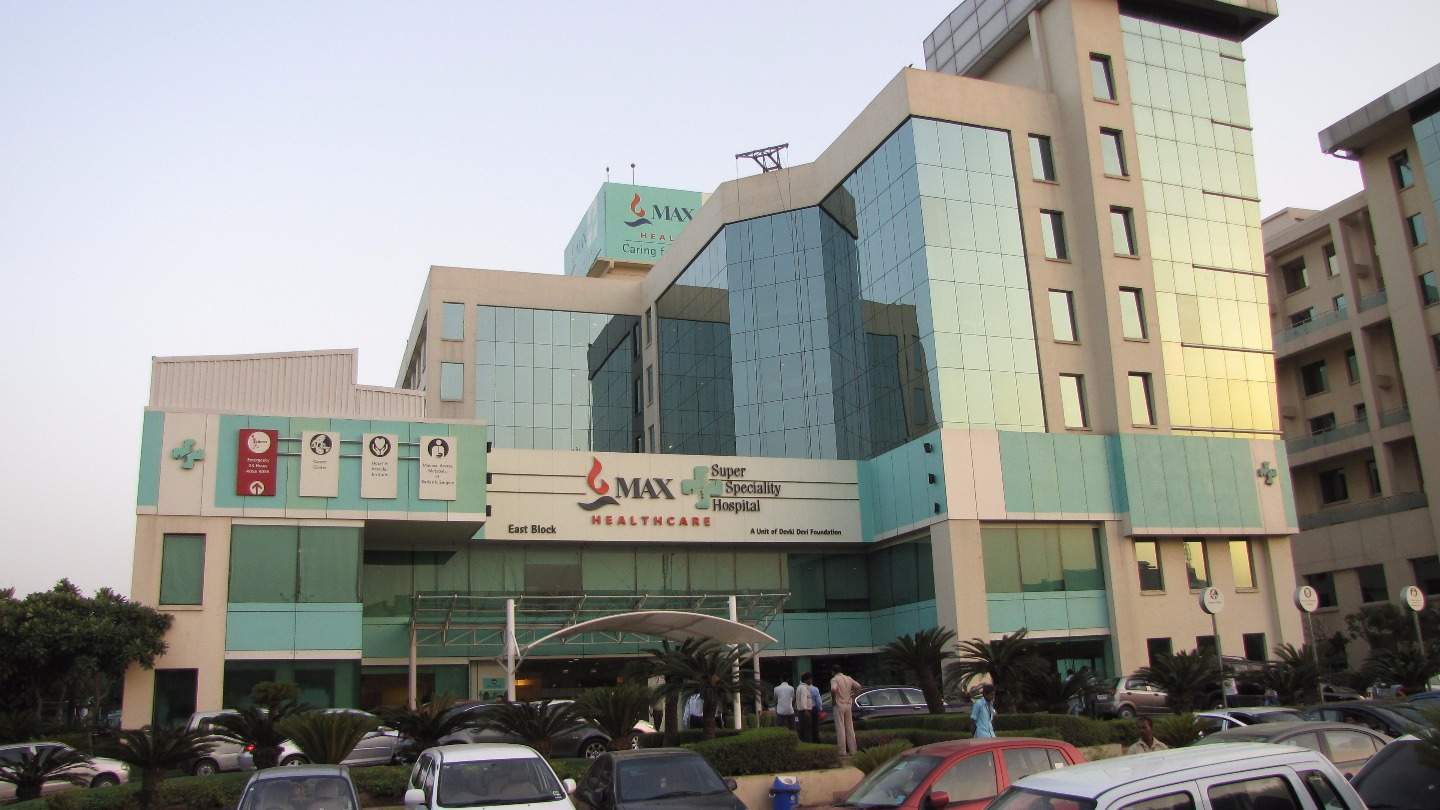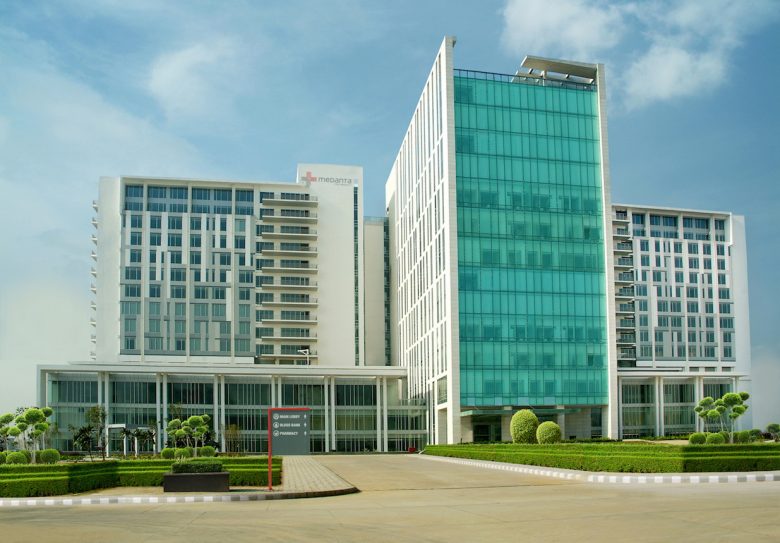Artificial Heart or LVAD Surgery in India Treatment and Cost

No of Traveler

Days in Hospitals

Days Outside Hospital

Total Days in India

Treatment starts from
$
LVAD- Candidacy, Advantages, Success Rate & Cost in India
Heart failure can occur due to different reasons. However, patients who are almost at the end stage of this failure need Left Ventricular Assist Device, a battery-operated pump implanted surgically. This mechanical pump helps the heart’s left chamber to pump blood out of your ventricle. Thus, artificial heart or LVAD in India assists in reaching blood to different parts of the body. Although both ventricles can accept the VAD, surgeons target the left one. So, it is known as left VAD. But, LVAD cannot replace your original heart. The device is intended for maintaining a proper blood pumping process. The process of implanting VAD involves open-heart surgery. There are some risks associated with the method.LVADs can be used as:
- Destination therapy- Not every patient is the right candidate for the transplant. There is a need for long-term treatments for some patients. The use of LVAD will prolong their lives.
- Bridge-to-transplant treatment- It is a life-saving solution for those who await a heart transplant. In a few cases, LVAD restores the malfunctioning heart, and you can avoid having a transplant.
Is LVAD the right treatment for you?
To make a decision, the cardiologist will focus on some factors-- The capability of taking blood thinners safely
- The severity of heart failure
- The condition of your heart’s pumping chamber
- Other medical conditions
- Your mental strength to accept and manage VAD
How do LVADs work?
During your open-heart surgery, the surgeon will implant LVAD. The parts of this device can vary with the model chosen by your surgeon. The major parts are- The surgeon carefully places the pumping unit. The tube delivers the blood to your aorta. The system works continuously to maintain blood flow. The pump remains fitted to the control system and driveline, which passes through your belly skin and reaches the controller outside your body. This controller operates the pumping unit and sends a message. Nowadays, surgeons prefer LVADs equipped with rechargeable batteries.LVAD- What are the benefits?
With the increased blood flow to your body, the deviceensures the normal functioning of your liver, kidneys, brain, and some other organs. Thus, you will have cardiac rehabilitation with this process. The successful implantation of LVAD ensures a longer lifespan for patients. Those who have already experienced advanced heart failure can obtain benefits from LVAD. Moreover, LVAD minimizes the heart failure symptoms like shortness of breath and fatigue. You will feel better and take part in normal everyday activities.Common risks
LVAD can cause some potential complications-- Bleeding- A surgery may cause bleeding in some cases.
- Blood clots- There is a blood clotting risk due to the flow of blood through VAD. Ultimately, there will be a slower blood flow, and thus, you have a risk of a heart attack.
- Device issues- A VAD will not always function properly after it has been implanted. For instance, there may be pumping problems and a failure of the power supply. You need medical attention to solve these problems.
- Infection- As the controller and power source are outside your body, they have a risk of bacteria and germs. The target site may have an infection.
- Right ventricle failure- Your surgeon has implanted VAD for the left ventricle. As the left one pumps more blood, the right ventricle can become weak. You need therapies and medications to avoid these problems.
How to prepare for LVAD implant
You can discuss your concerns with the surgeon. He will provide you with special instructions for a faster recovery. Moreover, he will tell you about potential risks related to VAD surgery. You must not drink and eat anything a couple of hours before this surgery. Create a list of medications that you take daily. Show it to the surgeon’s team to know the risk of allergies.Post-surgery tips
After undergoing the VAD surgery successfully, you have to take care of the device properly. Check for the signs of infections like redness, pain, and fever. Moreover, you must ask your cardiologist a few questions.- What you should do when VAD does not work properly
- How to clean the VAD cord and incision site
- How to take a bath without affecting the device
- Traveling tips as you have LVAD in your chest.
- Ways to lower your stress whileyou have a VAD.
Top Hospitals
Asian Institute Of Medical Sciences
Asian Hospital or the Asian Institute of Medical Sciences is a super specialty tertiary care hospital operating in the Northern Indian subcontinent region. Its cutting edge technology and a pool... Delhi / NCR, India
Delhi / NCR, India
 No. Of Beds: 425
No. Of Beds: 425


BLK Super Speciality Hospital
BLK Super Speciality Hospital is a private sector hospital based in New Delhi, India with 650 beds and 17 operation theaters. It was founded by B. L. K... Pusa Road, Radha Soami Satsang,, Rajendra Nagar , New Delhi, India
Pusa Road, Radha Soami Satsang,, Rajendra Nagar , New Delhi, India
 No. Of Beds: 650
No. Of Beds: 650

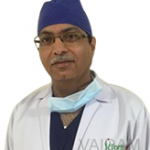

Fortis Escorts Heart Institute
Fortis Escorts Heart Institute has set benchmarks in cardiac care with path-breaking work over the past 30 years. Today, it is recognized the world over as a center of excellence provid... Okhla Road , New Delhi, India, 110025
Okhla Road , New Delhi, India, 110025
 No. Of Beds: 285
No. Of Beds: 285



Fortis Hospital Noida
Fortis Hospital, Noida is one of the most comprehensive medical services providing facility in the National Capital Region. It has been delivering excellent patient care services to people from ... B-22, Sector 62, Gautam Buddh Nagar, Noida, Uttar Pradesh , Noida, UP, India, 201301
B-22, Sector 62, Gautam Buddh Nagar, Noida, Uttar Pradesh , Noida, UP, India, 201301
 No. Of Beds: 200
No. Of Beds: 200


Dr. Ajay Kaul
Chairman & HOD
 MBBS, MS (General Surgery), M.Ch. (Cardiothoracic Surgery)
MBBS, MS (General Surgery), M.Ch. (Cardiothoracic Surgery)

Fortis Memorial Research Institute
Fortis Memorial Research Institute (FMRI) Fortis Memorial Research Institute (FMRI) is well known to all for being a quaternary care service provider and a multi super specialty hospita... Sector - 44, Opposite HUDA City Centre , Gurgaon, HR, India, 122002
Sector - 44, Opposite HUDA City Centre , Gurgaon, HR, India, 122002
 No. Of Beds: 1000
No. Of Beds: 1000

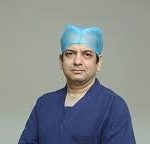

Indraprastha Apollo Hospital
Established in 1996, Indraprastha Apollo Hospital is NABH, NABL and JCI accredited. Apollo Group offers 10,000 beds across 64 hospitals, more than 2,200 pharmacies, over 100 prima... Sarita Vihar, Delhi-Mathura Road , New Delhi, India, 110076
Sarita Vihar, Delhi-Mathura Road , New Delhi, India, 110076
 No. Of Beds: 1000
No. Of Beds: 1000



Manipal Hospital Dwarka
Manipal Hospital Dwarka is a prominent multi-specialty and quaternary care providing hospital with first-rate healthcare services and integrated facilities. The world-class medica... Palam Vihar, Sector 6, Dwarka , New Delhi, DL, India, 110075
Palam Vihar, Sector 6, Dwarka , New Delhi, DL, India, 110075
 No. Of Beds: 380
No. Of Beds: 380



Max Super Specialty Hospital Saket
Max Super Speciality Hospital in Saket was founded in 2006 Awarded for its initiatives towards customer experience improvement & for patient safety at FICCI Healthcare Excelle... 1,2 Press Enclave Road, Saket , New Delhi, India, 110017
1,2 Press Enclave Road, Saket , New Delhi, India, 110017
 No. Of Beds: 252
No. Of Beds: 252



Medanta The Medicity
One of the largest multi super specialty hospital located in the busy Gurgaon city, Medanta hospital is the brain child of Dr Naresh Trehan, a world renowned cardiovascular and cardiothoracic su... Sector 38, CH Baktawar Singh Road, , Gurgaon, HR, India, 122001
Sector 38, CH Baktawar Singh Road, , Gurgaon, HR, India, 122001
 No. Of Beds: 1250
No. Of Beds: 1250



